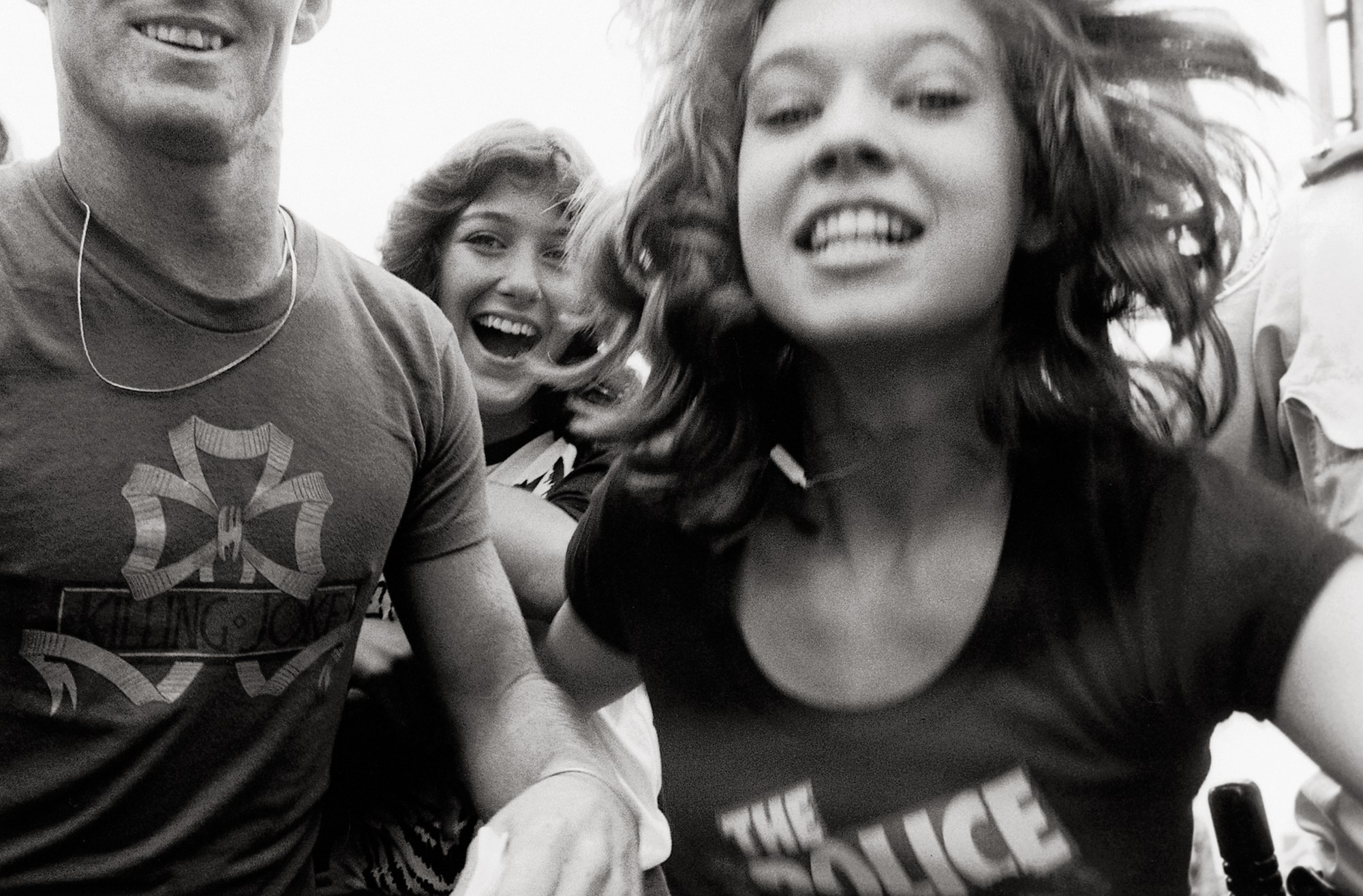While touring with The Police back in September 1979, British musician Andy Summers had a moment of revelation while watching TV in his New York hotel room with his well-worn Telecaster in hand. He decided it was time to purchase a real camera.
With the release of their first album, Reggatta de Blanc, which featured breakthrough hits “Message in a Bottle” and “Walking on the Moon“, the band introduced a wholly new sound that both embodied and transcended the times. The bright lights of stardom beckoned with the music press firmly in tow. Between gigs, Andy and bandmates Sting and Stewart Copeland traversed Manhattan for photo shoots. “People taking pictures of us all the time was part of the job,” Andy recalls.

Down in Soho and the West Village, young women photographers decked out in black leather added an air of glamour that caught Andy’s eye. He noticed how they interacted with their flashy cameras and the band, seductively instructing the men to adopt rockstar poses to wow the fans. In this fateful moment, an old passion from Andy’s teen years reignited in his heart — a love of photography that went back to his youth growing up in Bournemouth.
For two summers, Andy had worked as a beach photographer, creating intimate mementoes of daytrippers enjoying the sun, sand and surf. It was the perfect teen job: it put a little money in his pocket and gave him an opportunity to meet girls. When he wasn’t working, Andy devoted himself to the guitar, studying the jazz solos of Wes Montgomery, Kenny Burrell, and Grant Green until he could play them note for note. He embraced the spirit of improvisation, a talent that would serve him well when he later began taking photographs on the streets of New York.

By 1979, Andy knew the nature of life on the road, having already been in bands like Soft Machine and The Animals, as well as touring with artists Joan Armatrading, David Essex and Neil Sedaka. “I needed a hobby,” Andy says. “One of the women photographers offered to take me to get a camera. I thought, ‘I’m going to get a really good camera and become good at photography.’ It was as simple as that.”
But as any photographer knows, a great picture appears deceptively easy to make. You can give anyone the best camera, set them in front of the perfect scene, and still they’ll miss the shot for any number of reasons. To create a powerful image requires an innate gift for timing, composition, rhythm, harmony, texture and tonality — elements that can be found in music as well.
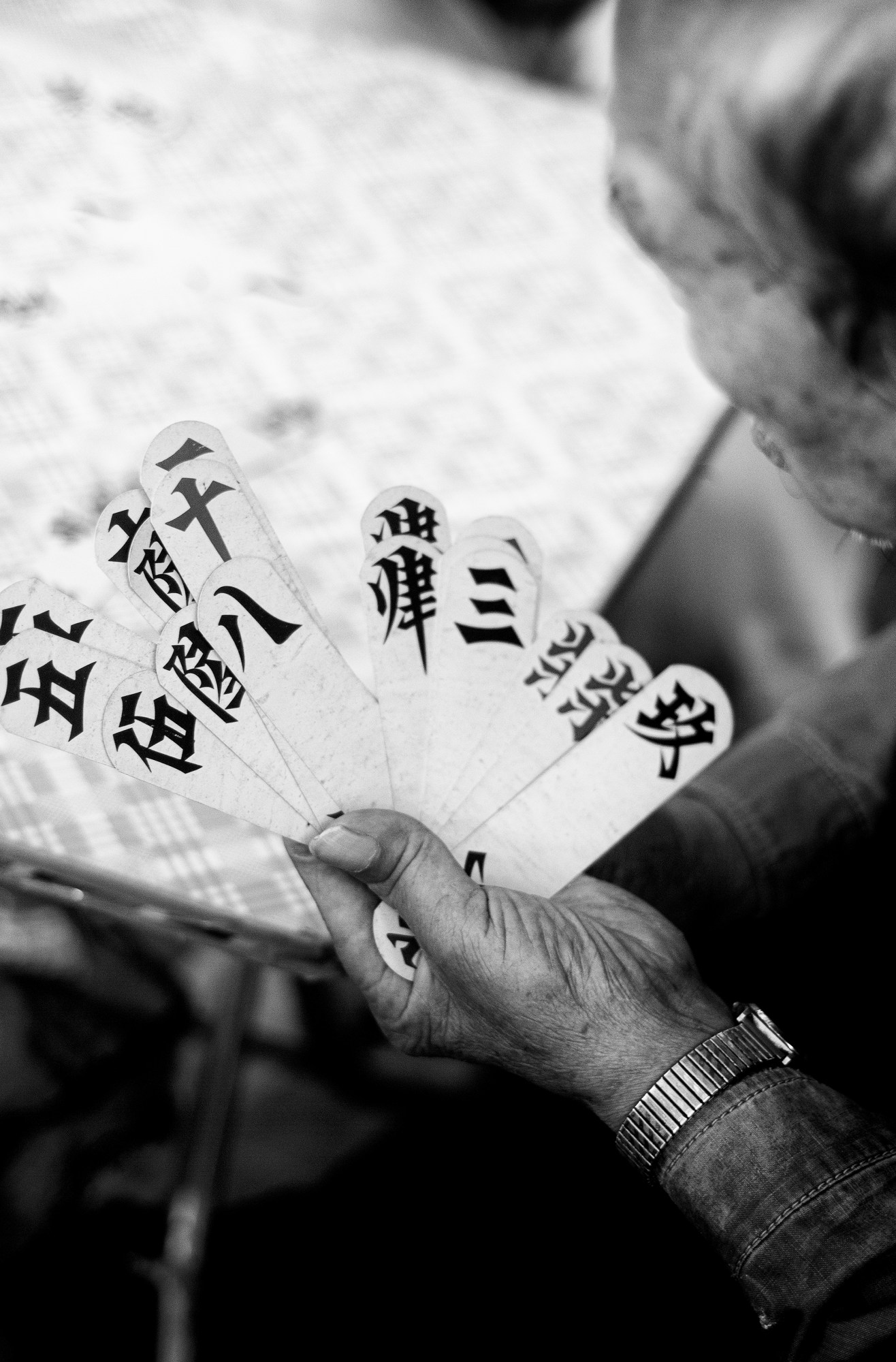
“All art constantly aspires towards the condition of music,” Andy says, quoting English cultural critic Walter Pater’s dictum from the Victorian essay The School of Giorgione. Music, being the most abstract of all arts, fuses subject with form so that we perceive them as one — whereas other arts, such as photography, constantly remind us that the object possesses a nature independent of what it reveals to us.
“At some very [unconscious] level, when I’m writing, reading, listening, or looking, I’m seeking that condition of music,” Andy says. “You can take those felt or unfelt things from whatever medium you’re in and bring it over to another one, especially in photography, because you’re starting to learn how to create a composition.”
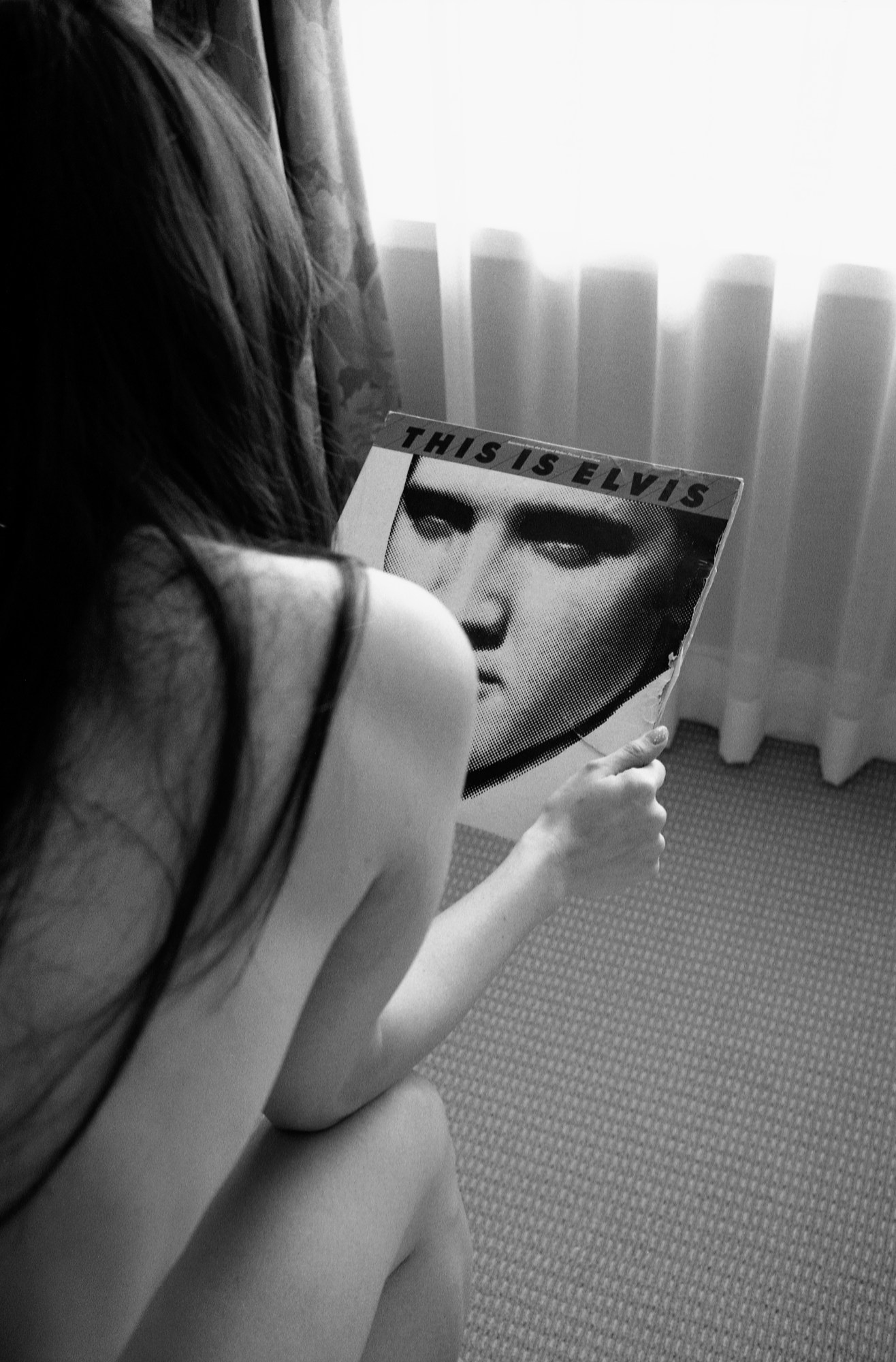
For Andy, photography is a channel that aligns the sonic, cinematic and poetic elements that shaped his vision and a voice — a sensibility informed during his teens by visits to the Continental Cinema, a bedraggled art house theatre in Bournemouth that screened foreign films like Drunken Angel, Rififi and And God Created Woman. Watching black-and-white films by François Truffaut, Federico Fellini and Jean-Luc Godard, Andy not only saw a world far beyond small-town England — he discovered a way of seeing all its own. “When I was 16, I wanted to be a film director,” he says. “Of course, my circumstances growing up, it didn’t seem like much of a possibility. I was so passionate about being a guitarist that it never occurred to me to go to film school in London.”
But the forces of fate have a curious way of coming full circle with the passage of time. With a new exhibition, A Certain Strangeness: Works from the years 1979–2018 at the Ernst Leitz Museum and a one-man multimedia concert series at Leica, both in Wetzlar, Germany, Andy explores the cinematic qualities of his work. For the concert series, which tours Europe this fall, Andy will perform live alongside a number of self-directed videos that feature his surreal images morphing, drifting, floating, and melting into each another. By adding sound and motion to sight, Andy transforms the still image into a kaleidoscopic tapestry that reflects the artistic passions that have shaped his life.
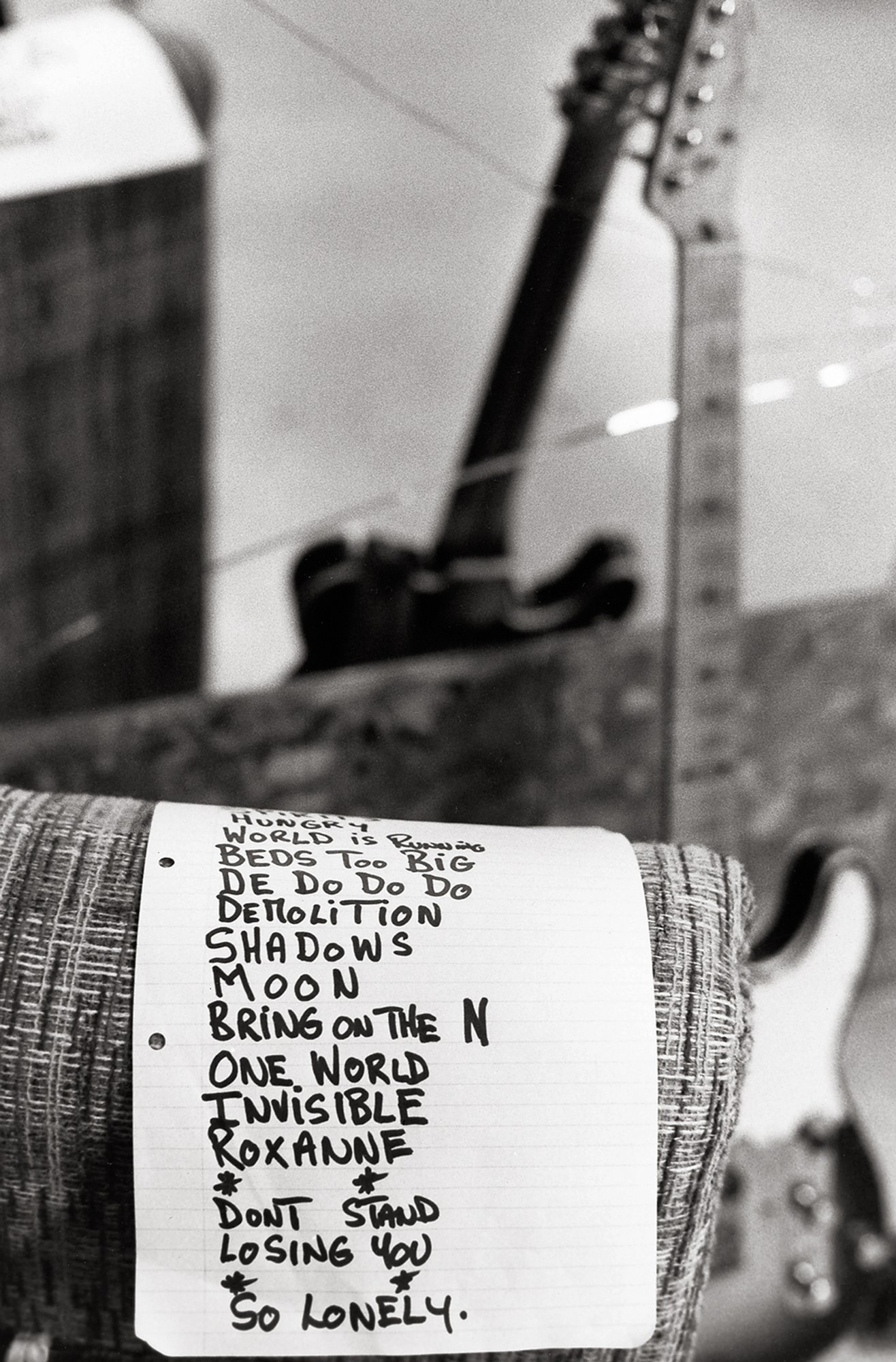
As much as he loves performing, Andy equally adores the opportunity to travel the world with a camera in hand, disappearing into the crowd. “The camera brings everything to life for me,” he says. “I love going out on the street to see if I can make something compelling. I don’t think of myself as a street photographer. I’m more interested in what you can do with a lens and how you can create a photograph that might be more abstract. I am looking intensely at everything, trying to pull some essence of the place that I’m in.”
While touring the US with The Police over the years, Andy used photography to navigate the curious extremes of American life. “Our eyes were filled with the fading industrial cities, the unbound and unceasing road, the black ribbon of an airstrip, the prairies vanishing between cumulus, the viperous Everglades, the deathless Mississippi, and the payola man in the corner of a seedy bar with hookers, booze and cocaine,” he writes in the 2019 monograph, A Certain Strangeness (University of Texas Press). “I held on to my guitar and camera and photographed as much as I could — and whether we were in a truck stop in Missouri, in the makeup room at a Cleveland TV station, or at a sound check in San Francisco, I tried to make a picture.”
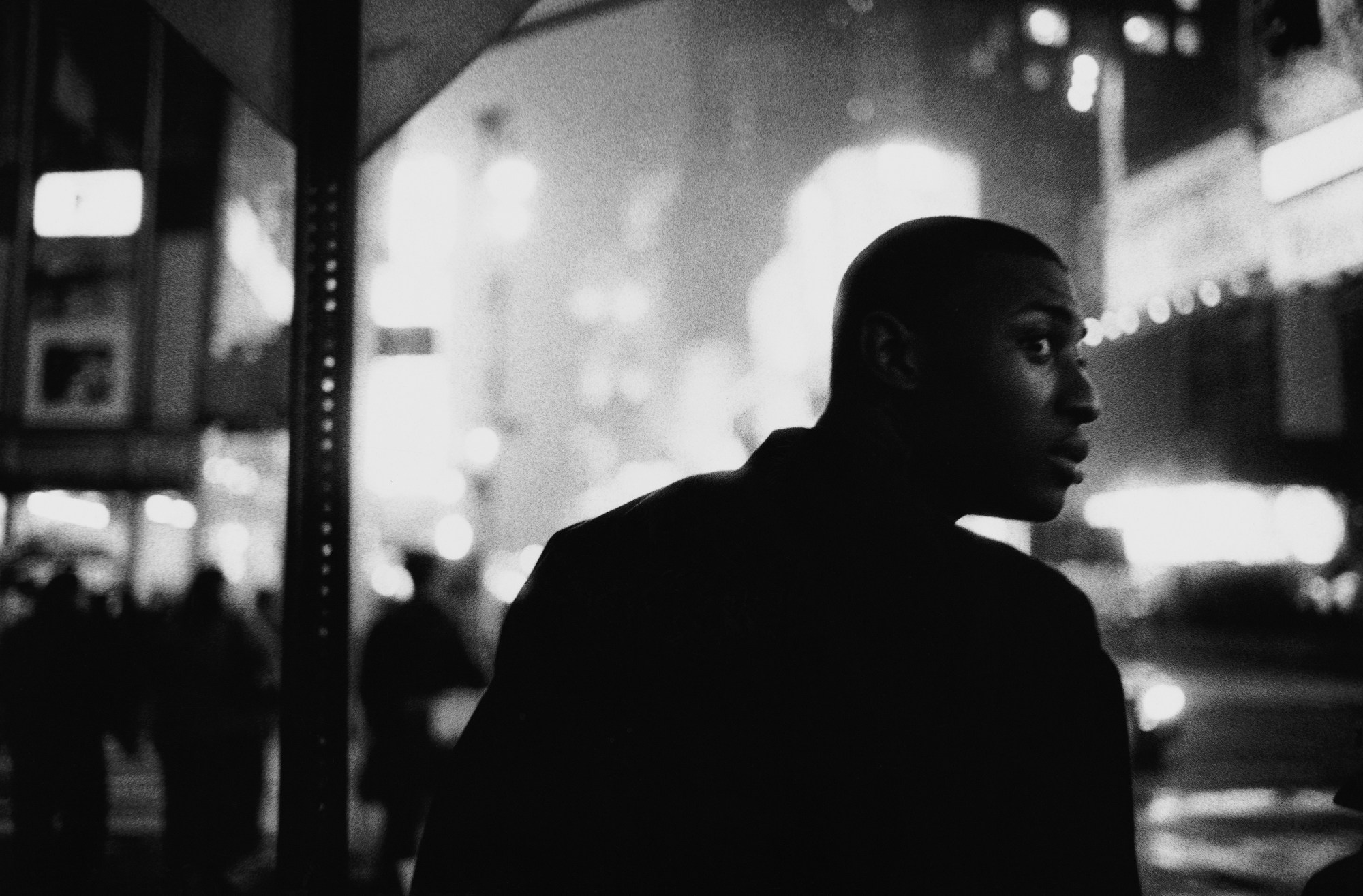
Andy mastered the camera just as he did the guitar by adopting an attitude of devotion that led to their own acts of discovery and creation. “When I started with a camera, I didn’t really know what I was doing but then you get the hang of it and find your voice, just like in music,” he says. “I wanted to be good at photography, and it never wore off. I kept going through all those years with The Police, which was the number one band for as long as it existed.”
When the band dissolved in 1984, Andy faced what he describes in his book as “a psychological black hole where the reality and intensity of a life so full was suddenly torn away, and you had to make a fantastic and painful adjustment to new strange conditions — like everyday life.” Blessed with his own vision, Andy continued forth as a solo artist while the legacy of the Police took on a life of its own. This year alone, the band had two number one hits in the UK: the 30th-anniversary release of their 1992 Greatest Hits on vinyl and The Police: Around the World, a DVD CD combo from their first world tour in 1979-80 — the very time Andy took up photography.
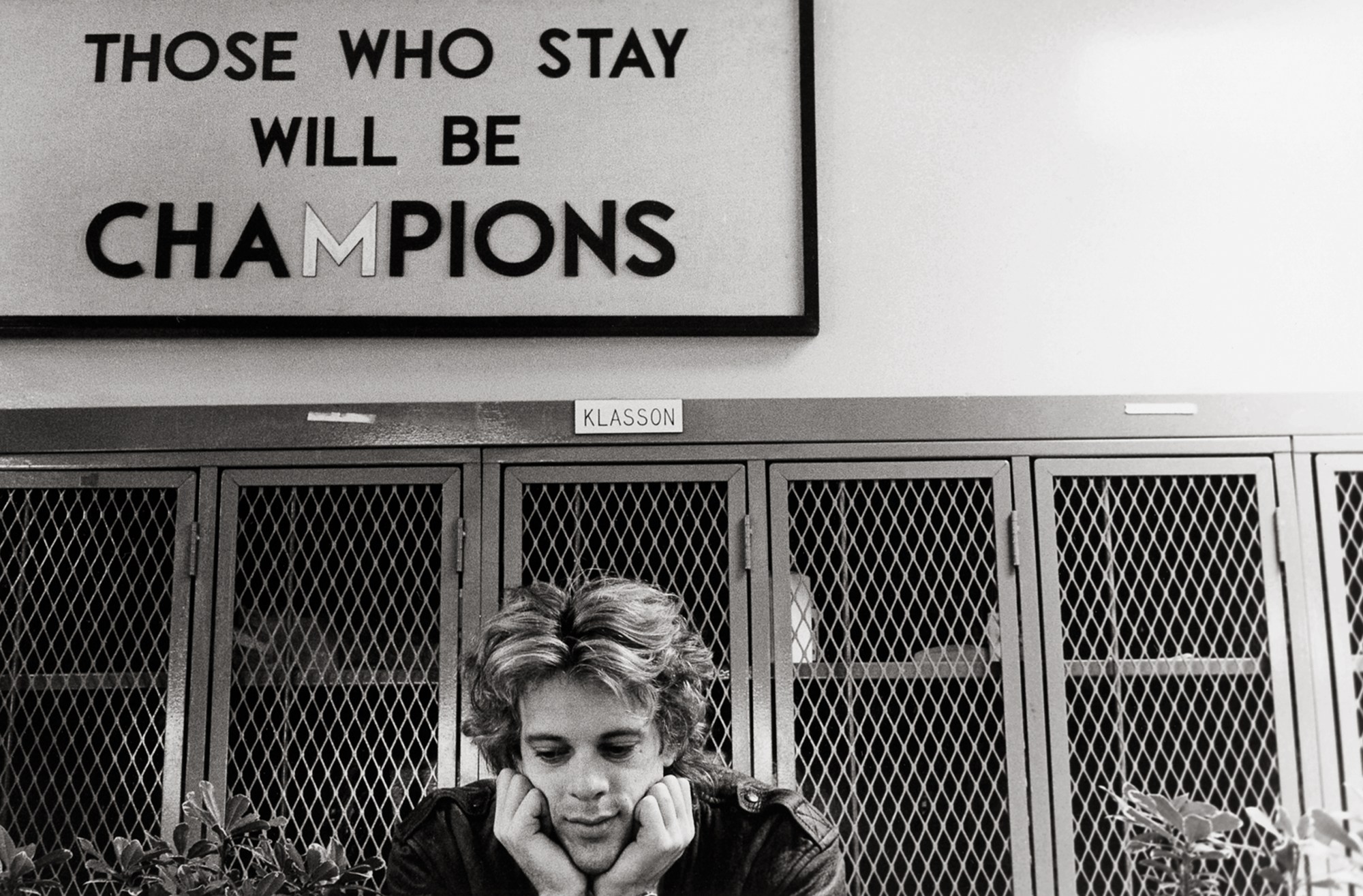
“I think you define yourself by things you don’t want to be, and what you’re left with is who you are. I tried to be very genuine about that. All the things I was attracted to in the beginning, like American jazz and European art films, I don’t think I’ve veered very far away from it. I got caught up in a rock band that was one of those magical hook-ups between three people that were amazing together. And it’s a one-off; there’s no other band like the Police,” Andy says.
“But meanwhile, there is you, the person in that situation. I think the weakness would be to come out of a rock band and feel you must keep imitating what you were doing to stay popular. That wasn’t something I wanted to do. Now you’re back out on your own, and people know who you are. You have a platform you can go forward on. Maybe it won’t succeed, but, in a time-honoured phrase, it’s about being true to yourself.
‘Andy Summers: A Certain Strangeness – Works’ from the years 1979–2018 is on view until 5 October 2022 at Ernst Leitz Museum in Wetzlar, Germany. A Certain Strangeness is published by University of Texas Press.

Credits
All photography courtesy Andy Summers
